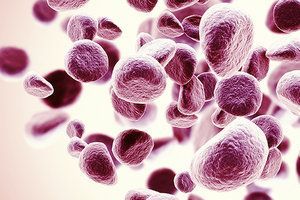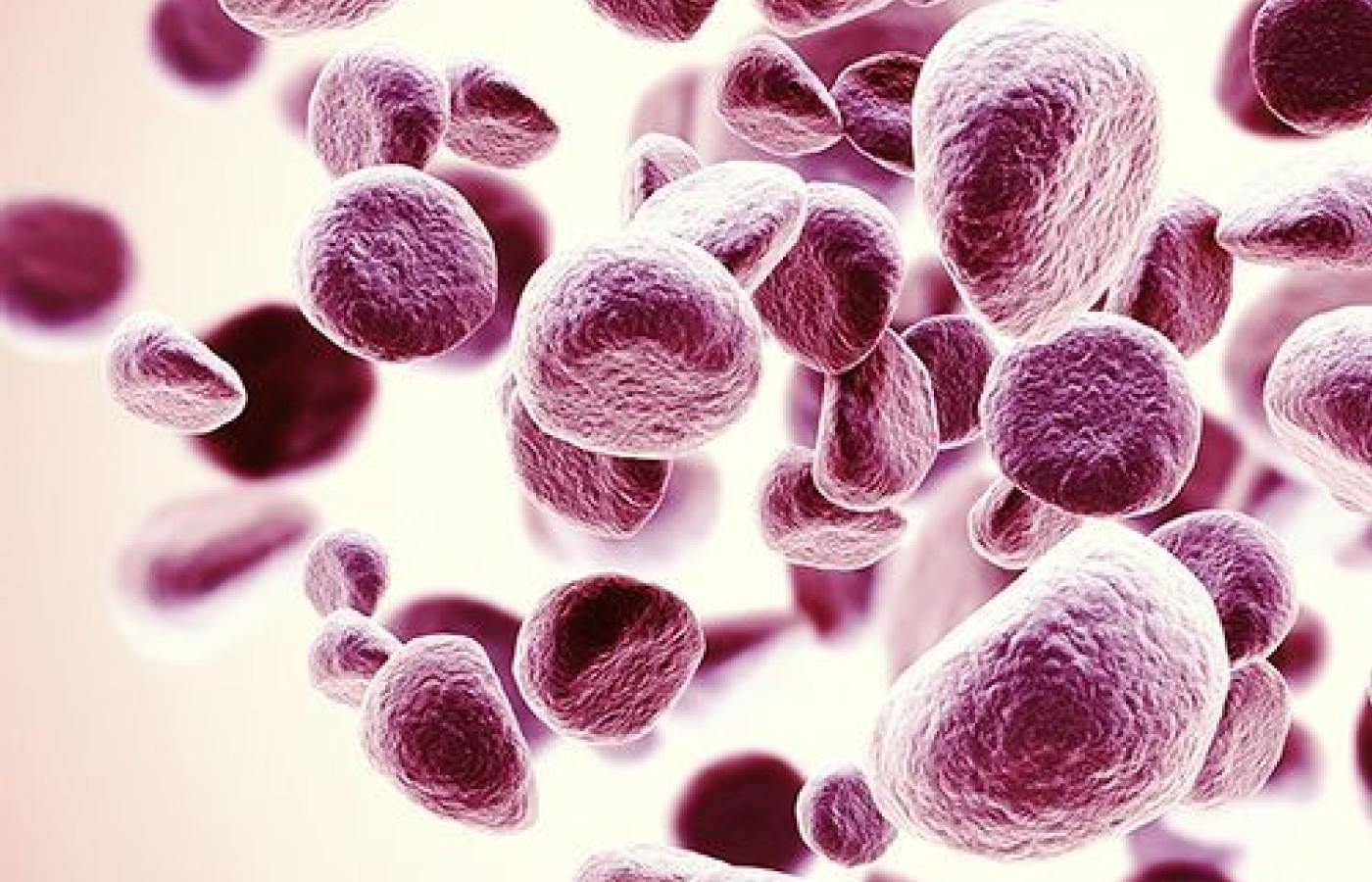Whether you accept it, avoid it or live somewhere in between, insurance coverage has become a defining issue for our profession. Patients increasingly expect to use their benefits, practitioners want to be compensated fairly for their time and expertise, and the system itself remains – at best – fragmented. The encouraging news is that coverage has expanded in meaningful ways. The challenging news is that reimbursement, across the board, remains inadequate.
Energy: For Life and For Death
Energy is a deep topic in Traditional Chinese Medicine. Qi is understood to underlie all of existence, animated or not, and the qi of the living is studied with special attention. Our bodily qi is most often named according to either its originating location or its function: liver qi, defense qi, grain qi, kidney qi... the list is nearly endless. This background prepared me for the bewildering variety and complexity of cellular biology when that became my focus. One thing it did not conceptually prepare me for is a phenomenon called apoptosis. Yet, it is a physiological imperative and an important part of balance and health. Apoptosis is a form of cell death, one that is executed with care and organization in order to serve the whole body. A cell dying via apoptosis requires energy to do it properly; it is an investment of something we might call death qi.
Cells undergo apoptosis for many reasons. For some, it is the natural end of their cellular life span and was programmed in from the beginning. One example from developmental biology is the loss of webbing that we had between our forming digits. That most people are not born with webbed fingers or toes is because those structures were pruned away through apoptosis. In other cases, a cell gets damaged and senses that it is no longer running correctly. That cell may take the last energy that it has and implement this self-destruct program. Then, the DNA of that cell is compacted down to tiny packets. The structures within the cell start dissolving and leaking. The cell membrane starts to stretch and pucker with the eventual result being that a small colony of small, round, sealed bubbles of slurry take the place of the former cell. These bubbles of debris can then be easily cleaned up by circulating immune cells called macrophages without compromising neighboring cells.

When the apoptotic response fails, it can throw the entire body into danger. The quintessential example of this is cancer. Cancer cells are clearly operating outside of normal parameters and their internal surveillance should trigger an apoptotic response. Failing that, some immune cells are able to recognize faulty or mutated cells and to send those cells clear directives to apoptose. If either system catches the problem, if the self-destruct impulse or the direct command to apoptose from the immune surveillance squad gets a dangerous cell to trigger the program for cell death, the person whose body is doing this quality control will never be aware of the problem or its solution. In point of fact, this is standard operating procedure and every reader of this column has benefitted from this system many, many times over. For every person, some portion of qi has been diverted to actively manage cellular deaths.
Naturally, it will not surprise holistic health professionals to learn that there is a balance between life and death, down to the cellular level. I have to confess that I was surprised to learn just how integrated the molecular machineries of life and death are. The apoptotic process is executed by a group of proteins that perform the specific tasks required to re-package a cell into contained, digestible bites. The most commonly discussed group of apoptotic proteins are called caspases; there are several varieties which are stationed at specific positions within the cell. For example, caspase 8 resides near the inner surface of the cell membrane, while caspase 3 acts in the nucleus. It would be reasonable to assume that apoptotic proteins are generated when needed, as part of an injured cell's last efforts, but this is not the case. The proteins required to perform cell death are present all the time and are held in check by another group of proteins, collectively known as anti-apoptotic proteins. Further, these anti-apoptotic proteins have rather short half-lives, meaning that they are degraded and replaced quite quickly as part of normal cellular metabolism. Caspases, on the other hand, are longer-lived proteins. The practical effect of this system is that the death program is in place and ready to go if there is an interruption in the production of anti-apoptotic proteins.
The integrated nature of programmed cell death does have a certain logic. This is one built-in method to make sure that a sick cell will "take itself out" if it is too impaired — when things start to fall apart, the apoptotic proteins will emerge from behind their inhibiting partners and do their work. The embedded death program is also beneficial when a cell is identified as dangerous by the circulating immune surveillance system. The apoptotic program is already installed in the problematic cell and just needs to be activated by an alert immune cell.
The apoptotic program has been conserved across evolution and this suggests that there is a practical advantage to maintaining the capacity for cellular suicide. The example of cancer is a stark example of how this capacity can be life-saving for us. Strangely, though, it isn't only multi-cellular organisms who harbor this machinery. Even bacteria have a version of programmed cell death. It's a little counter-intuitive to consider a single cell organism's interest in managing its own death. However, once bacteria have multiplied into a colony, they acquire some habits which protect the colony's well-being over the individual. Even at this scale, the machinery for death is part of life. It may be that a fundamental part of healthy continuity includes an investment in needed deaths, in the responsible winding down of what is no longer working. The cellular wisdom is that the application of "death qi," when mustered to cull unhealthy components of a system, serves living qi in all its myriad forms.



